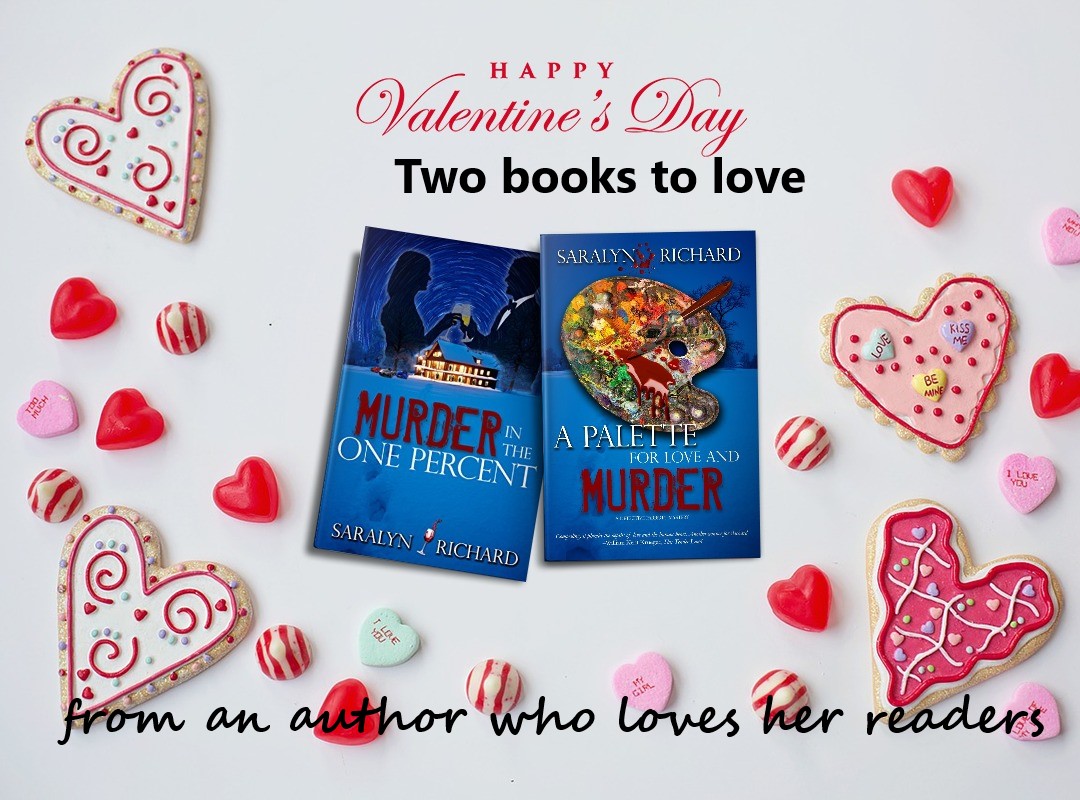What you Know Versus the Unknown
“Write what you know” is an axiom frequently tossed at new writers. Conversely, “write what you don’t know” is prescribed by such greats as Toni Morrison. Both ideas limit an author’s potential. In fact, infinite shades of storytelling lie between those two extremes. A wordsmith can build a work somewhere between the known and the unknown.
Write What You Know
In my first book, A Different Kind of Fire, I followed that first sage decree and began penning my grandparents’ love story. I naively thought I wouldn’t have to do much research since I knew my characters intimately. Also, my father had collected family genealogy and stories and compiled them into a four-inch binder.
Initially, my writing stalled as I feared inadvertently insulting some relative, so I decided to fictionalize the romance. As a turn-of-the-19th-century Texas ranch girl, my grandmother threw off conventions, left my grandfather behind, and studied art back East. As I wrote the romance requisite , I realized my protagonist, Ruby, was experiencing new ideas (exciting) while her beau was repeating the life he’d always known (boring). Thus, my story evolved to only the woman’s POV. Additionally, a line my dad wrote, “At art school, she shared a room with another woman,”opened a door allowing me to divorce my novel from a family history and move toward women’s fiction.
Eventually, I used the framework of my grandmother’s story but wove in what I didn’t know—how two women dared become intimate—and wrote a love story that spanned decades. With that in mind, my research grew exponentially to include romantic relationships between women in the Gilded Age, women’s place in the male-dominated art world, the Panic of 1893, boarding schools, even homes for unwed mothers—all things I didn’t know.
There is Always More to Learn
For my second book, Hunting the Devil, I took things I knew—the life of a physician and what I learned while traveling in Africa—and blended them with what I learned raising a biracial son. The protagonist, an American doctor working in Africa, was a character from an early failed, shape-shifter romance that was a nugget waiting to be mined. Since authors are supposed to “torture” their characters, I placed Jessica in the worst possible situation—the 1994 Rwandan genocide.
Again, I underplayed the research needed (I had lived through the 1990s, after all). Once I decided on the setting, my research mushroomed. In addition to the sixty books I’d read prior to going to Africa, I read another sixty. I explored first-hand accounts of survivors of the genocide, faxes and reports from the Benaco Refugee Camp, and the memoir of Romèo Dallaire, the head of the UN Rwanda contingent. For two years, I blended what I knew with what I didn’t know and produced what I think is an outstanding novel.
Overall, we authors should not limit ourselves to either the “Write what you know” or the “Write what you don’t know” truisms. By blending change to synthesizing the two, we can unlock our subconsciousness and produce extraordinary works.








What People Are Saying